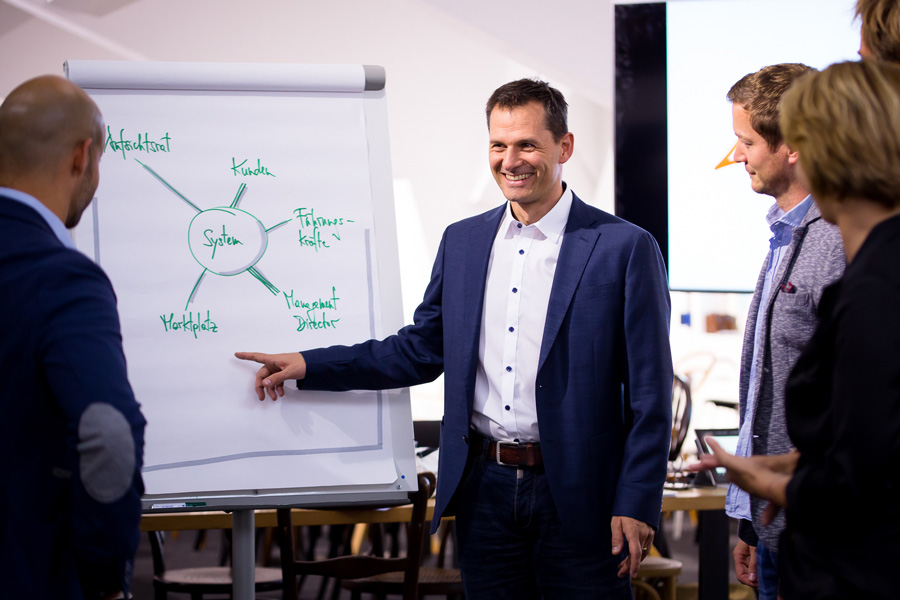When the keyword leadership is mentioned in organizations, the image of the top manager or the boss, usually comes to mind. But we understand much more than that: Leadership is the central lever for the management and further development of organizations and companies. It recognizes and identifies the challenges for the future and has the central task of making a significant contribution to the implementation of visions, objectives and strategies. Effective leadership is a key factor in the success of any company. Comparable to the air we breathe, leadership is ideally as unobtrusive as it is indispensable – only when it is missing it is painfully noticed.
Leadership topics:
Leadership in an agile environment | Coaching | Leadership in change



